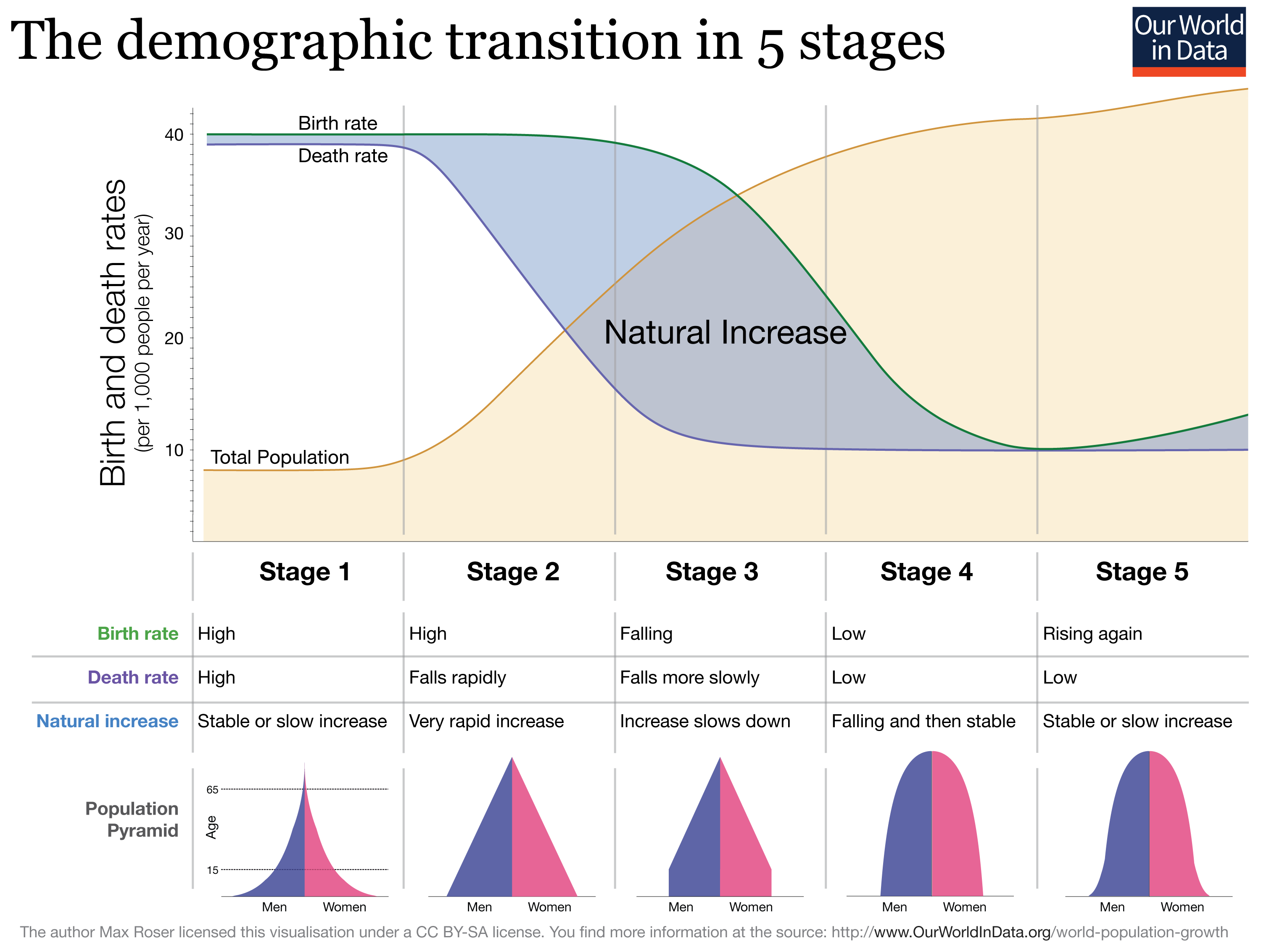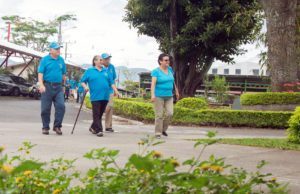Costa Rica’s population structure is in the so-called “demographic bonus”, which means a relative increase in the population in active ages, concerning the population in ages of economic dependence; this scenario represents an opportunity for the generation of a surplus of economic resources.

With the participation in the conference of researchers and scholars of the National Institute of Statistics and Census (INEC), of the Costa Rican Institute of Research and Education in Nutrition and Health (Incense) and joint research projects with the Costa Rican Social Security Fund and the State of the Nation, results were generated that answer urgent questions about us and our future.
This document studies the population of Costa Rica as a group of individuals subject to evolution, whose fundamental components are mortality and fertility. The study focuses on the change in these two variable forms, especially dealing with the evolution of the causes of death and, in the case of fertility, the stages of family formation, nuptiality and contraceptive practice. Some of the consequences of changes in mortality and fertility are also listed, also discussing the possible future behavior of these variables, with the risk involved in making conjectures of this type.
The average annual percentage change in the population, as a result of a surplus (or deficit) of births on deaths and the balance of migrants entering and leaving a country, can be positive or negative rate. In the case of our country it is growing, this is a determining factor of the great challenges that would be imposed on a country by the changing needs of its people for the infrastructure, for example, (schools, hospitals, homes, roads), resources for (food, water, electricity, and jobs).
The rapid population growth could be also threatened by neighboring countries. However, the increase in the percentage of the population over 65, which is gaining a greater percentage weight, is also relevant, which means that the country must prepare to have an increasingly aging population.
The country may never register a population of six million inhabitants. Currently, fertility is the lowest in the continent, only surpassed by Canada. The number of children per woman is 1.67, but due to the data already collected, it does not reach a population of six million. Since for that, an average of 1.8 would be used; an increase that seems to be far from being fulfilled. The data, contextualized in the population behavior demonstrates the growth of the economically active population in the country, is stagnating and eventually reducing population growth and development.
The Costa Rican Social Security Fund (CCSS) has investigated how population growth will behave, recorded since 1980 from 900,000 people registered to 2.5 million people in 2040. This figure then will grow until 2060 and then begin to descend and return to 2.5 million people in 2100.

Likewise, it is affirmed that there is no socioeconomic gradient in cardiovascular services in the country, a fact that shows that the Costa Rican Social Security Fund (CCSS) has significant relevance to attend equally to all social strata when it comes to diseases of high prevalence in the elderly population.
It can be noted that the study of the third component of demographic change has been neglected: immigration. This is because movements across the country’s borders, except in exceptional times, have had little impact on the demographic dynamics of Costa Rica.
As for the displacements of the population within the national territory, whose importance is unquestionable, they are of such that they merit special studies and a different approach to that of this document.


